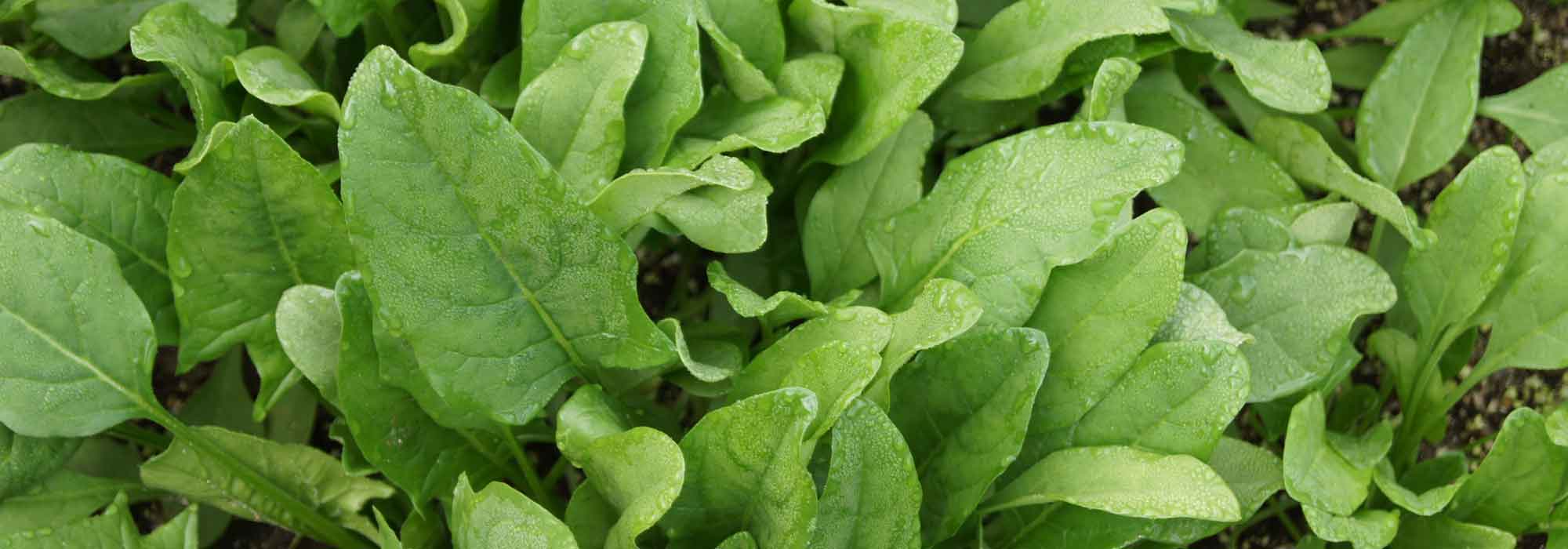
Spinach: sowing, growing and harvesting in the vegetable garden
Contents
Spinach in a nutshell
- Easy to grow in the vegetable garden, spinach mainly requires moisture to thrive.
- It can be harvested almost all year round in regions with mild winters.
- It is best when young: do not hesitate to stagger the sowing over time to enjoy a longer harvest.
- Short-day and long-day varieties are available: adapt your choice to the season.
- It easily associates with other vegetables.
- Spinach is subject to few diseases, apart from downy mildew.
The word from our expert
The spinach is a annual or biennial leafy vegetable, grown for its beautiful rosettes of leaves in a rich green colour, smooth or blistered. It is a relatively easy plant to grow in the vegetable garden.
To ensure success, it is important to follow these three points:
- Provide it with constantly cool, firm and well-draining soil, rich in organic matter.
- Expose spring and autumn crops to sunlight, while summer crops should be in the shade.
- Choose your variety according to the season (short-day or long-day varieties)
While this leafy vegetable may not be to everyone’s palate, I assure you that the young raw shoots, enjoyed in a mesclun, for example, are nothing like the creamy spinach (at best) served in school cafeterias!
Although spinach is known for its iron content, it is actually its vitamins and antioxidants that truly set it apart. It is, in fact, a better ally for the eyes than for big biceps.
Discover the different varieties and all our tips for successful cultivation!
Botany
Botanical data
- Latin name Spinacia oleracea
- Family Chenopodiaceae
- Common name Spinach
- Flowering Annual or Biennial
- Height 6 to 15 days between 7 and 24°C - Germination capacity
- Exposure Sun in spring and autumn; partial shade in summer
- Soil type cool, firm but draining
- Hardiness -6°C on average
Spinach (Spinacia oleracea) is an annual or biennial plant from the Chenopodiaceae family, like chard and beetroot. It is a vegetable native to India that arrived in France during the Middle Ages via Persia.
Etymologically, “spinach” comes from Persian. The genus name Spinacia derives from the Latin spina, meaning thorn, to refer to the spiny seeds (of certain varieties). The leaves of spinach are arranged in a rosette and exhibit a rounded or sagittate shape depending on the varieties. The sagittate shape is closer to the wild species (S. tetrandra), while the rounded shape is typical of varieties selected by humans.
The leaves are alternate and petiolate, ranging from light green to dark green depending on their ripeness. A spinach plant reaches about 30 cm in height before flowering. The flower spikes can grow up to 80 cm tall. The plants are , meaning there are both male and female plants. If you delay harvesting, the female plants bear small, inconspicuous green-yellow flowers; the male plants have more visible yellow-stamened flowers. It is an anemophilous plant (literally, wind-loving), with pollen carried by the wind rather than by insects. The seeds are borne by the female plants and can be smooth or spiny depending on the varieties.

The flowering of spinach
The main varieties
There are many varieties of spinach that require, to prevent them from running to seed too quickly, short days or long days. Each variety corresponds to a growing period that should be respected: spring and/or autumn, winter, and even summer. Some varieties have prickly seeds, and they are traditionally intended for spring or late autumn sowing. By carefully selecting your seeds, you can enjoy this vegetable all year round.
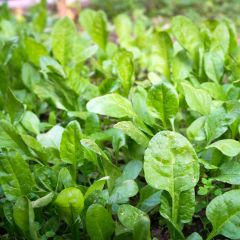
Spinach Apollo
- Height at maturity 20 cm

Spinach Giant Winter - Ferme de Sainte Marthe Seeds
- Height at maturity 3 m
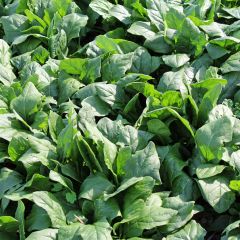
Spinach Picasso F1
- Height at maturity 20 cm
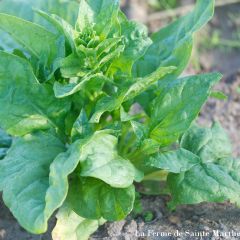
Spinach Viroflay Giant- Ferme de Sainte Marthe seeds
- Height at maturity 50 cm

Spinach Samos F1
- Height at maturity 40 cm
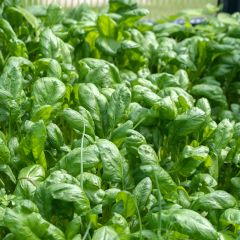
Spinach Junius - Vilmorin seeds
- Height at maturity 40 cm
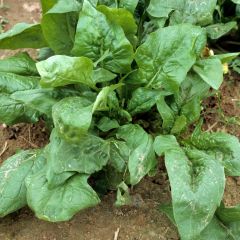
Spinach Matador Organic - Viking Spinach
- Height at maturity 3 m
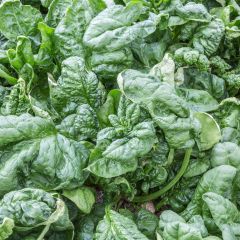
Spinach Parys F1 - Vilmorin Seeds
- Height at maturity 50 cm
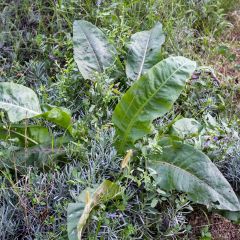
Organic Patience Dock - Rumex patientia
- Height at maturity 30 cm
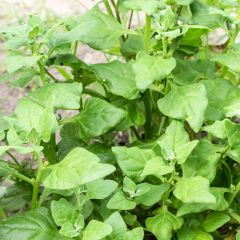
New Zealand Spinach - Tetragone - Tetragonia tetragonioides
- Height at maturity 60 cm
Discover other Spinach seeds
View all →Available in 1 sizes
Available in 1 sizes
Available in 1 sizes
Available in 1 sizes
Available in 1 sizes
Available in 1 sizes
Available in 1 sizes
Available in 1 sizes
Available in 1 sizes
Available in 1 sizes
Growing Spinach
What soil is best for growing spinach?
Spinach prefers consistent – well-drained but firm soils that are moist and rich, particularly in nitrogen and potash. It requires well-manured soil. It is advisable to apply mature compost (about 3 kg per m²) preferably in autumn, by scratching it in to a depth of 5 cm.
In which season should spinach be grown?
All seasons are suitable for growing spinach; however, it will thrive best in spring and autumn. The last autumn sowings will allow for a winter harvest (for the milder regions). The least favoured season for this leafy vegetable is summer, as it tends to bolt. No worries, long-day varieties are better suited to this more challenging season.
Where should spinach be grown?
For spring and autumn – winter cultivation, favour a sunny location. Summer cultivation will greatly appreciate the shade of a wall or larger vegetables (such as tomatoes), especially in the south of France.
When and how to sow spinach?
When to sow spinach?
Spinach is sown:
- from February to June (long-day varieties such as ‘Matador’, ‘Junius’)
- then from late August to October (short-day varieties such as ‘Géant d’Hiver’, ‘Apollo’)
How to sow spinach?
Sowing spinach is mainly done in place in open ground and in rows. It can also be sown broadcast.
- On fairly firm soil, just raked, mark out furrows spaced 25 to 30 cm apart, to a depth of one to two centimetres,
- Sow in rows, spacing the seeds 3 – 4 cm apart,
- Cover the seeds with soil and “firm” the sowing by pressing the soil down with the back of the rake,
- Water gently and keep moist – but not excessively – until germination.
After germination, thin by keeping one young plant every 10 cm. Fill any gaps with the best young plants that have been removed from the row.
Growing under tunnel or frame
For the first sowings of the year in February and March, I recommend placing a Nantes tunnel over your rows of spinach to gain a few degrees and thus hasten germination, increase growth, and advance the harvest period. The same applies for the last sowings at the end of the year in October.
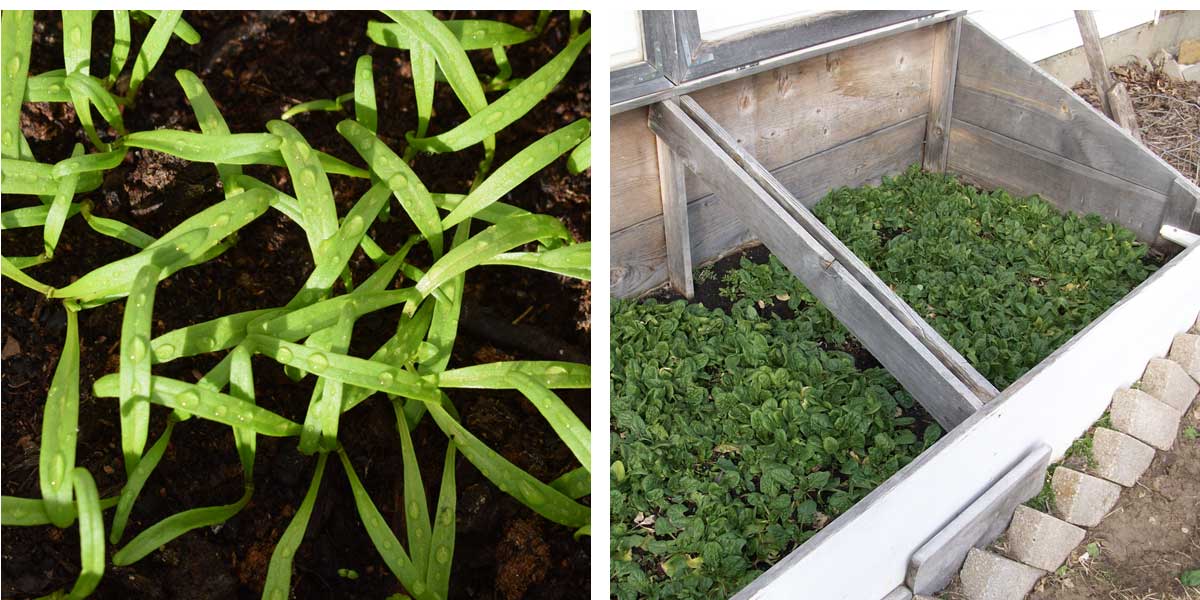 1) Germination of broadcast spinach seedlings. 2) Cultivation under frame
1) Germination of broadcast spinach seedlings. 2) Cultivation under frame
Spinach care
To provide abundant harvests, spinach requires constant moisture. Water regularly or better still – take advantage of the natural moisture of the mid-seasons.
Other care includes regular weeding or hoeing in the first few weeks – as long as it is easy to get under the leaves, then when the soil warms up sufficiently, apply a mulch or mulch that will decompose quickly, such as dried grass clippings.
Associate
Spinach belongs to the family of Chenopodiaceae, which is why I recommend avoiding growing it near species from the same family such as orache, beetroot, and chard.
Once this precaution is taken, it is a good neighbour that thrives near many other vegetables. It is, in fact, the basis of a crop association method known as the Gertrud Franck method.
The Gertrud Franck Crop Association Method
Mrs Franck established a famous crop association method in which spinach is the key plant!
In this method, all crops are sown in ranks and between each rank of vegetables is an inter-rank of spinach. The latter not only serves as a nourishing crop but is considered as a green manure. And this is the richness of this method! Spinach, being a “nitrate pump”, will draw residual nitrogen from the soil to incorporate it into its composition. Before flowering, it is mown and superficially incorporated into the soil. A rank of vegetable is then sown or planted in the location where the rank of spinach previously was, benefiting from the nitrogen (and other elements) returned to the soil by the spinach.
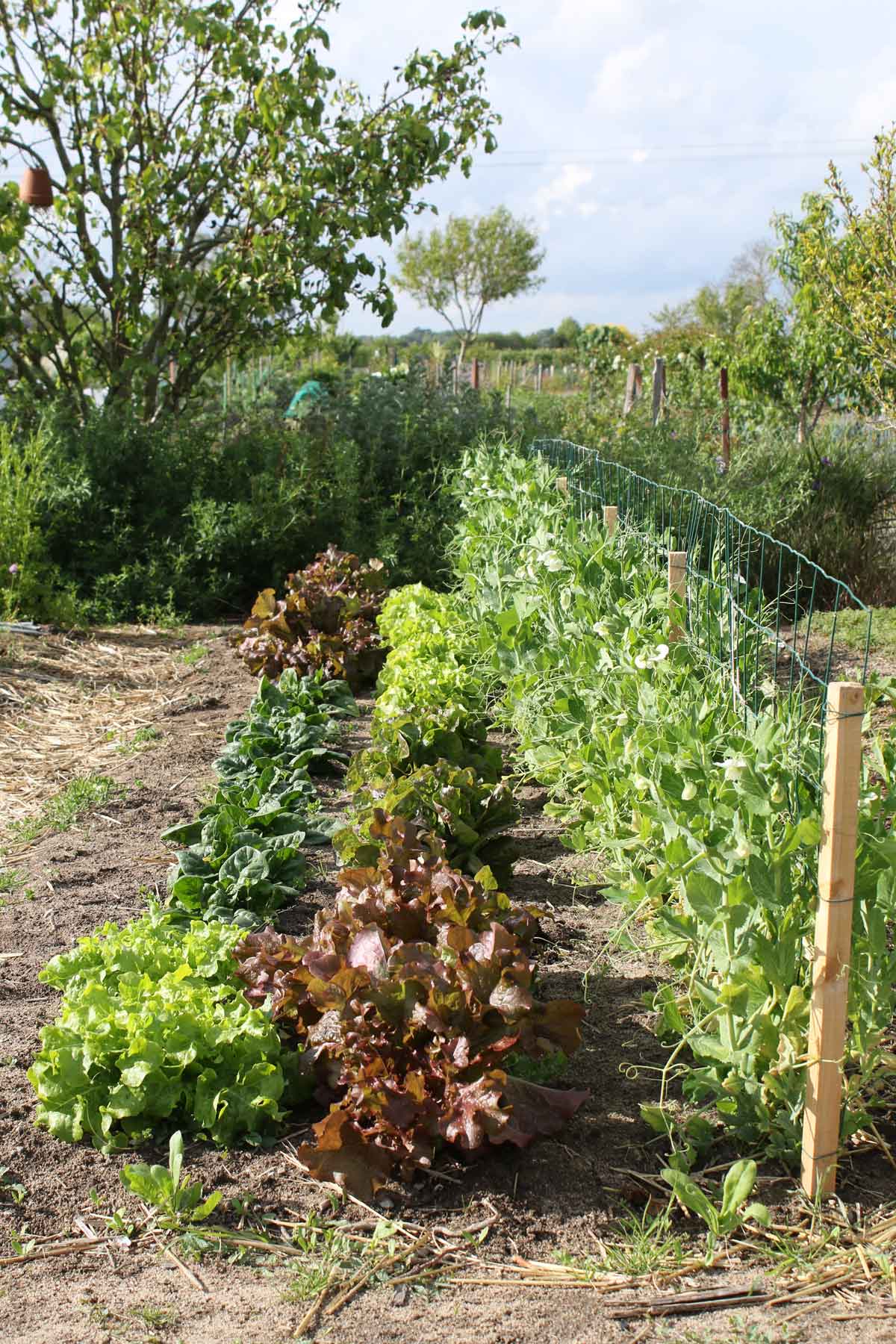
Une de mes plates-bandes printanière dans laquelle l’épinard pousse harmonieusement avec diverses variétés de laitues à couper. Idéal pour des mescluns riches en couleurs et en texture en ajoutant quelques pois croquants (à droite).
Common diseases
Downy Mildew of Spinach
Downy mildew is the main and most virulent disease of spinach – it manifests as yellow spots on the upper side of the leaves and a purple fluff on the underside. Spinach downy mildew is a cryptogamic disease caused by the pathogenous agent Perenospora farinoso f. sp. spinaciae, with 7 different races currently identified. Downy mildew primarily occurs in spring and autumn, with humidity and cool temperatures (15 – 20°C) being the ideal conditions for its development.
Tips for Preventing and Dealing with Downy Mildew:
- Keep an eye out, regularly inspect your crops; if any leaves show yellow spots, check their underside. If a purple fluff is detected, gently remove the affected leaves with care to avoid spreading downy mildew spores onto healthy leaves.
- Follow a 3-year rotation before growing it in the same bed again.
- If possible, avoid watering the foliage: water your spinach in the inter-row rather than on the row.
- If you are growing under a tunnel, ensure proper ventilation to remove humidity.
- In case of repeated attacks, grow downy mildew-resistant varieties, such as ‘Palco F1’.
Harvesting spinach
Harvesting spinach is done leaf by leaf, depending on their growth and culinary needs. The leaves located around the base of the plant are cut first, which helps to avoid damaging the heart that continues to develop and produce new leaves. The entire tuft is harvested when the plant shows the first signs of running to seed, as the leaves then become bitter. Harvesting can be followed by a good watering to help the new shoots develop well.
Spinach can withstand temperatures as low as -6°C, so it is possible to continue harvesting it during winter in mild regions.
Conserve
Spinach stays fresh for two days in the refrigerator, but not beyond that as it tends to wilt. It is always best to consume it a few hours after harvesting. However, you can freeze it after blanching for 30 seconds in boiling salted water and then draining it before placing it in the freezer.
After cooking, spinach should be consumed quickly, ideally within 24 hours. Indeed, as mentioned above, spinach is a “nitrate pump”; while this ability is very useful in the vegetable garden, it is much less desirable on the plate! After cooking, nitrates will gradually transform into nitrites. These nitrites are toxic compounds for the human body. In high doses, they block cellular respiration! It is therefore preferable to consume them quickly after the initial cooking.
Usage
Traditionally poorly prepared in canteens, spinach is certainly the most dreaded vegetable among children. However, it is a tasty herb that can be enjoyed in a thousand ways: raw in a spring salad, in Japanese fritters, Lebanese fatayers, Indian recipes, or quickly cooked in a wok, or even in a savoury tart with small pieces of goat cheese or salmon.

Young leaves are excellent when consumed raw
The health benefits of spinach
As we saw in the paragraph “preserving spinach”, it is best to eat spinach within 24 hours after cooking. Aside from this recommendation, spinach has many beneficial properties for health! It is low in calories and:
- rich in minerals, vitamins, fibres, antioxidants, and particularly in lipoic acid, a sugar storage-inhibiting molecule,
- good for eye protection due to its richness in lutein,
- very high in vitamin B9, an essential vitamin during pregnancy for the proper development of the fetus, it is also an anti-depressed vitamin!
Did you know?
Popeye has long touted the iron content of spinach; indeed, it contains some, but not in phenomenal quantities. This is actually a misconception for which our famous sailor with oversized forearms is not to blame! We owe this false belief, over a century, to a small typographical error!
In 1870, chemist E. von Wolf was tasked with measuring the nutritional values of various foods. He measured the iron content of spinach and sent his results to his secretary for transcription. She noted 27 mg per 100 g of spinach instead of 2.7 mg, which is ten times more. It wasn’t until 1981 that this error was discovered!

Useful resources
- Discover our wide range of spikes: many varieties are available as seeds.
- Our tips for growing Malabar spinach
Frequently asked questions
-
Why are my spinach plants bolting quickly?
There are two main explanations for this phenomenon: the primary reason is that the variety is not suited to the growing season. For example, if you sow Winter Giant spinach in June, there is a high chance it will bolt. Therefore, prefer a long-day variety. The second reason is that the soil is too dry, whereas spinach likes to have cool soil at all times. However, once it has started to bolt, it is better to start a new sowing rather than trying to salvage the crop.
- Subscribe!
- Contents



































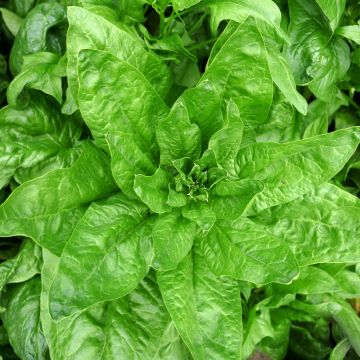
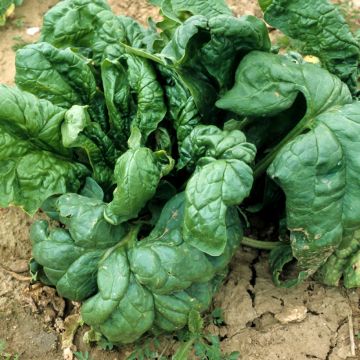
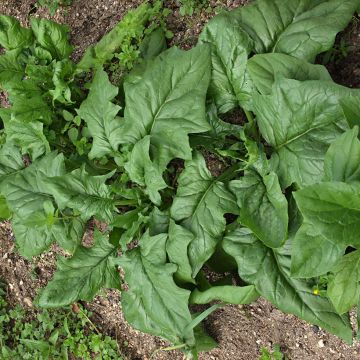



Comments